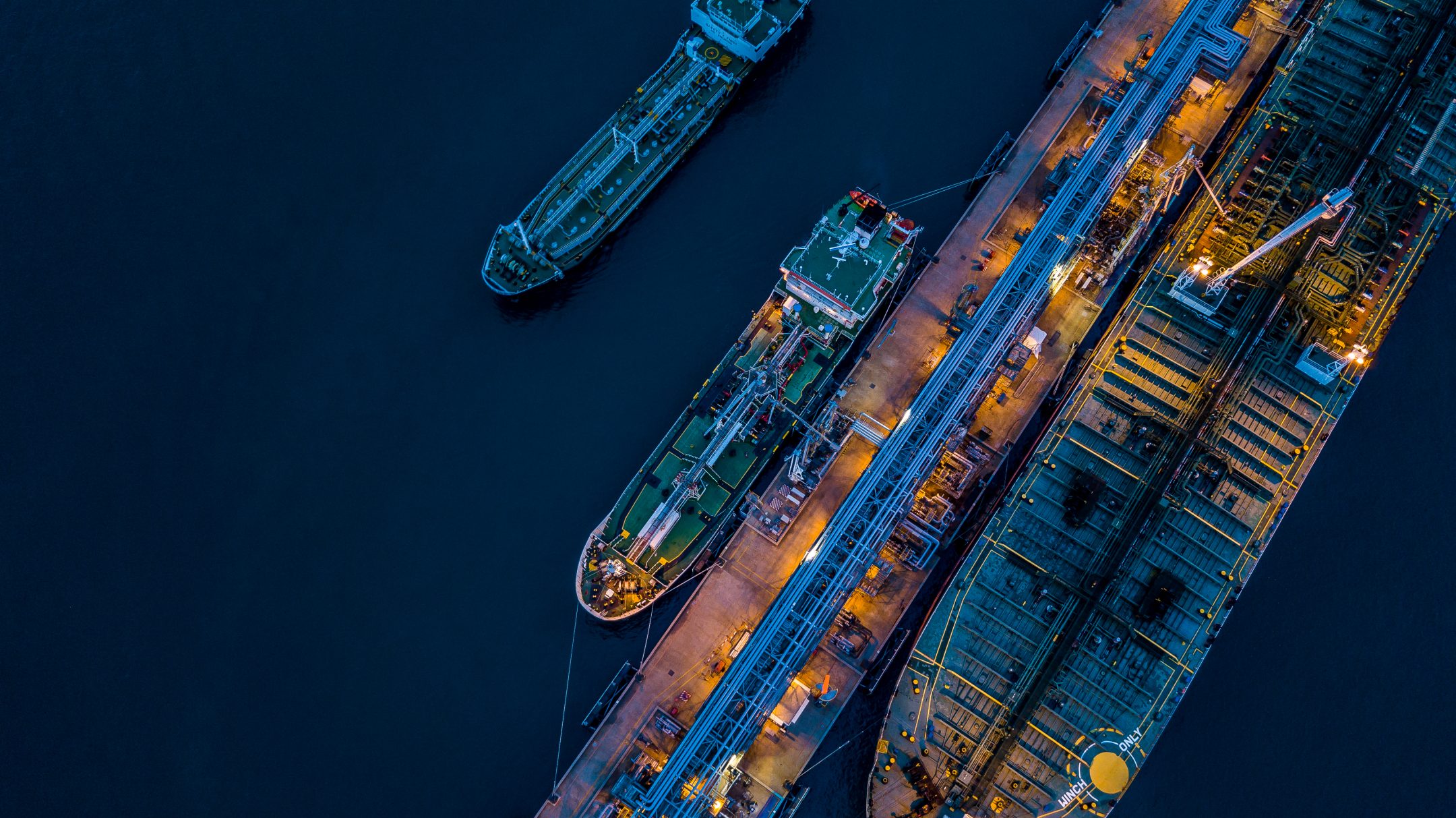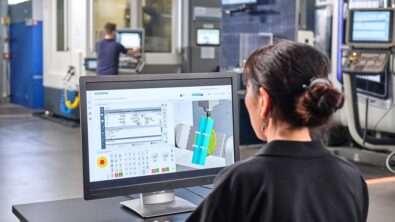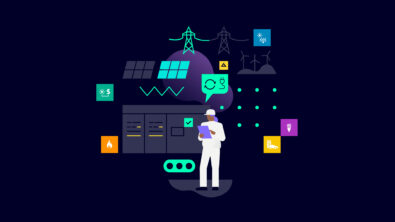Building Ships Sustainably with Digital Transformation – Summary

The new Marine Industry Podcast Series continues its introduction to the marine industry with its second episode (transcript here) featuring Jan van Os, Vice President of the Marine Industry at Siemens Digital Industries Software, and Dale Tutt, Vice President of Industry Strategy at Siemens Digital Industries Software. Together they delve deeper into the design considerations for designing sustainable ships, as well as how digital transformation can impact ship design. They reveal there are more factors to build ships sustainably than just the carbon footprint, and how digital transformation can better optimize ships with effective data management and design simulation.
Creating green ships
As the first episode of this podcast discussed, sustainability is one of the marine industry’s top priorities, but there are more aspects to sustainable ship design than reducing carbon emissions alone. One factor that Jan was keen to note was noise pollution. Any heavy machinery operating in water, such as a massive container ship, is going to generate noise underwater. Significant amounts of noise can threaten marine ecosystems and drive schools of fish away from their natural habitats, for example. Noise is an often overlooked pollutant when people typically think of climate change, but it is just as important as carbon in marine environments.
Building a ship sustainably also extends beyond the ship itself, incorporating the entire network of organizations that enables its design and development as well. About 40 to 70 percent of what is used on a ship is supplied by a network of co-makers, subcontractors, and suppliers, each of them acting in accordance with their own individual sets of practices. If a shipbuilding company wants to ensure their ship is built sustainably, its designers must also take these organizations into consideration, as their contributions to the ship may undercut the ship’s positive impact on sustainability. For example, when the engineers are deciding what to make the hull with, they can choose from a supplier that creates steel with minimal carbon. To make a truly sustainable ship, all actors in its design, construction, and supply lines must also act sustainably.
Digital optimization
The other focus of the podcast is how useful a tool digital transformation can be in the design of ships, especially with its ability to connect and manage data across the ship’s lifecycle. Every ship design has a multitude of organizations involved in the process, from the shipbuilders and ship owners to the suppliers and classification societies. Naturally, design data for ships, such as 2D or 3D schematics, need to be shared across all these organizations to ensure the efficient design, construction, and operation of those ships, but according to Jan, the industry is behind on building those inter-organizations connections.
Digital transformation can help bridge those gaps, using tools like the digital twin to create a common data source partners across the ship lifecycle can pull from. Having a ship’s data concentrated around an easy-to-access location like this can let those organizations better coordinate with each other on the design. With efficient inter-organizational communication, the final design can be better optimized for when the ship departs drydock.
Another way digital transformation helps optimize designs is through simulation. Not only can the digital twin be used to connect data between organizations, but it can also be used to test ship designs virtually before they are built physically. Engineers could see how designs perform in a virtual environment earlier in the development process and iterate on them more frequently than they would with physical tests, saving lots of time and money. This would be especially useful for the marine industry, which typically creates multiple different ship configurations along a single production line. Simulation would help optimize all these ship designs in a shorter amount of time and get them to a seaworthy status faster.
A sea of opportunities
Digital transformation offers many ways to improve ship design, whether by connecting data between disparate organizations or optimizing designs with simulation. This is especially helpful as companies aim to make their ships more sustainable, a complex task considering the many factors and technology involved. Empowered by digital technology, marine companies can overcome this complexity more easily and release the next generation of sustainable ships.
Listen to the full episode or read its transcript to learn more about sustainability and digital transformation in ship design. Tune in next time to learn more about ship design and maintenance.
Siemens Digital Industries Software helps organizations of all sizes digitally transform using software, hardware and services from the Siemens Xcelerator business platform. Siemens’ software and the comprehensive digital twin enable companies to optimize their design, engineering and manufacturing processes to turn today’s ideas into the sustainable products of the future. From chips to entire systems, from product to process, across all industries. Siemens Digital Industries Software – Accelerating transformation.


